A reporter named Ross Anderson went to Death Valley to experience what it is like to stand in the middle of the hottest spot in America.
His article highlights the dangerous nature of rising temperatures around the world and shows readers what they might want to expect in a world plagued by extreme weather and global warming.
Furnace Creek, California

Anderson headed to the hottest spot in the U.S., Furnace Creek, California, the visitor center inside of Death Valley National Park.
At the visitor center, tourists gather to watch a large digital thermometer display an accurate temperature reading. The reporter was surrounded by a group of visitors with their phones out, waiting to capture a new top temp.
Hottest Day Recorded on Earth
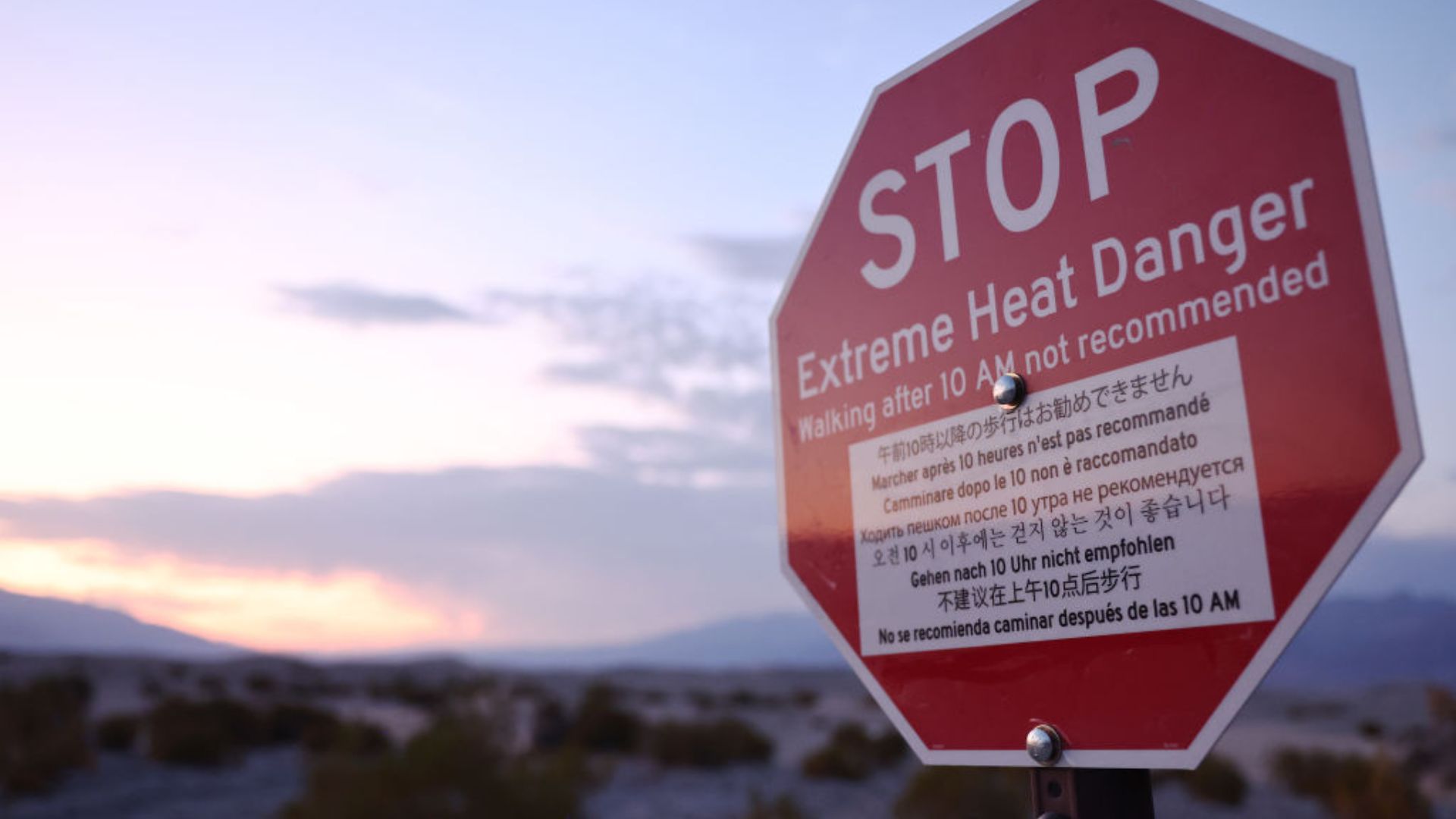
Although the heat just outside of Las Vegas, the closest city, was around 120 degrees Fahrenheit, the temperature in Death Valley was expected to reach 130, which would match the other hottest recorded day on Earth.
By 1 p.m., the large digital thermometer was flipping between 126 and 127 degrees.
Tourists at the Sighting
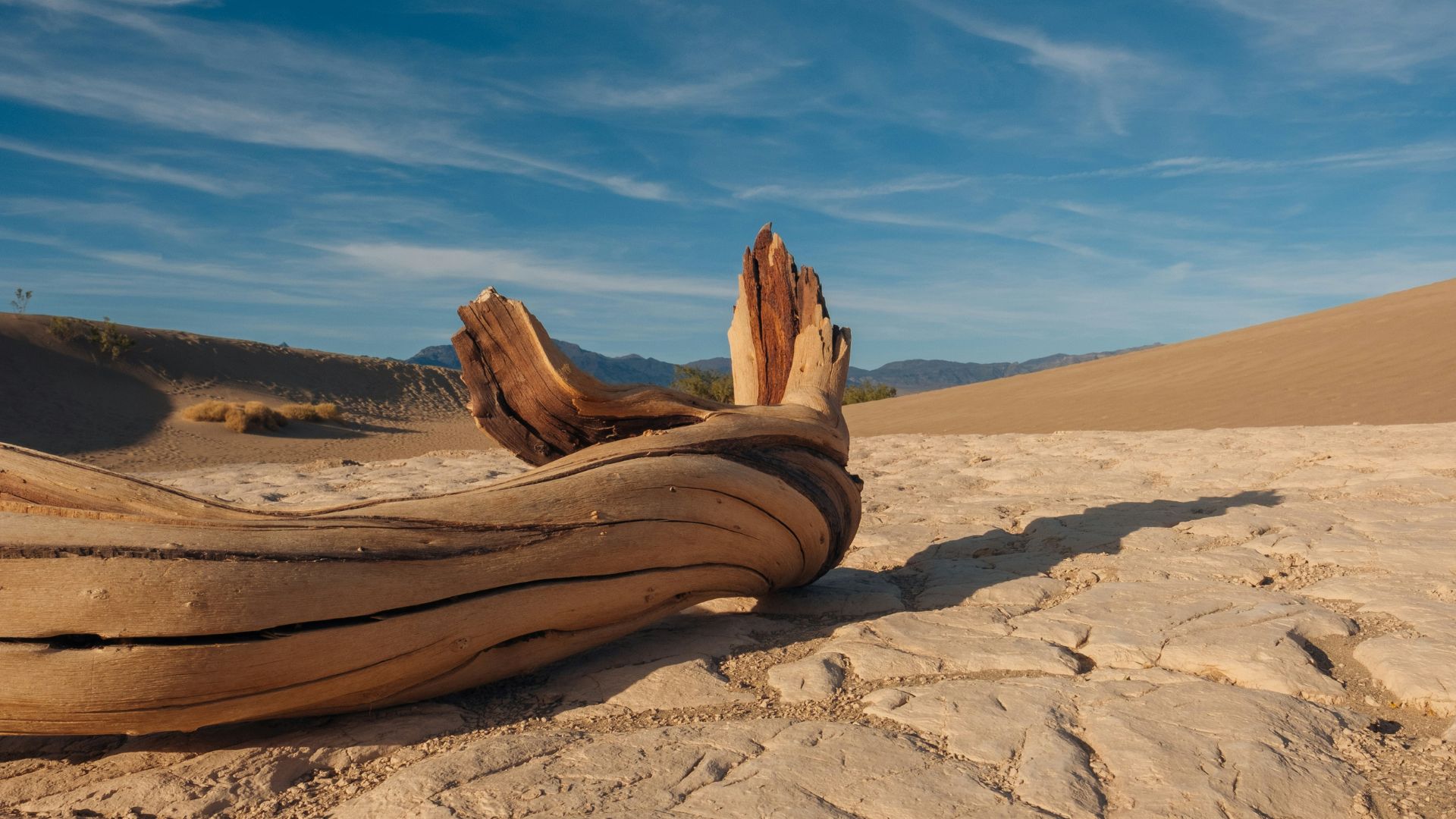
Several of the tourists in the National Park on this day were from Germany, France, and the Netherlands.
The reporter shares that many Europeans find novelty in the large Western parks as Europe has no large deserts.
Outside for 10 Minutes at a Time
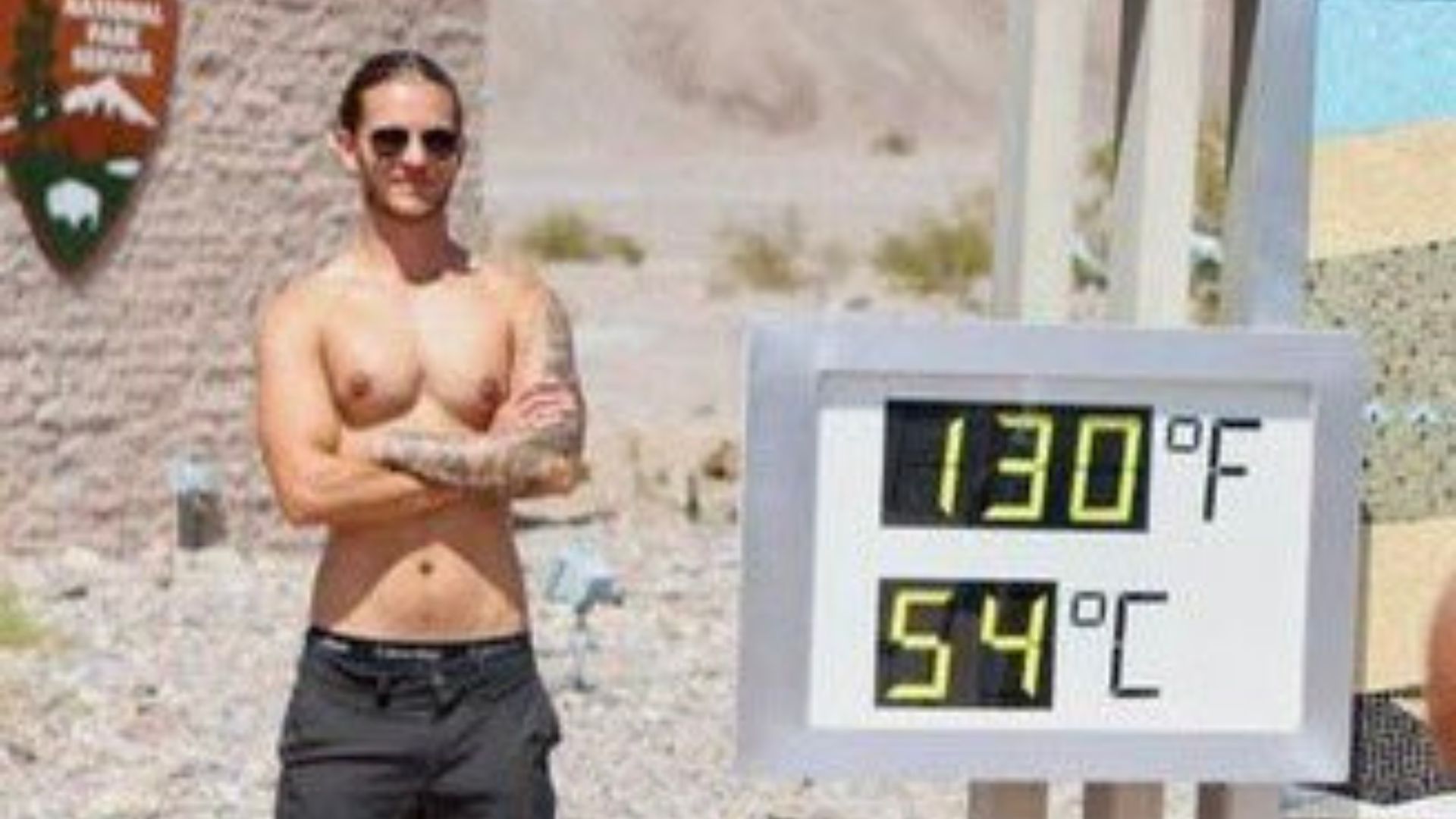
Upon entering the area, tourists are warned that they will only be allowed to spend about 10 minutes outside of the shade at the visitor center or back inside their cars with the air conditioning turned on.
The scorching heat can quickly cause heat-related illnesses like heat stroke, dehydration, and exhaustion.
What 130 Degrees Feels Like
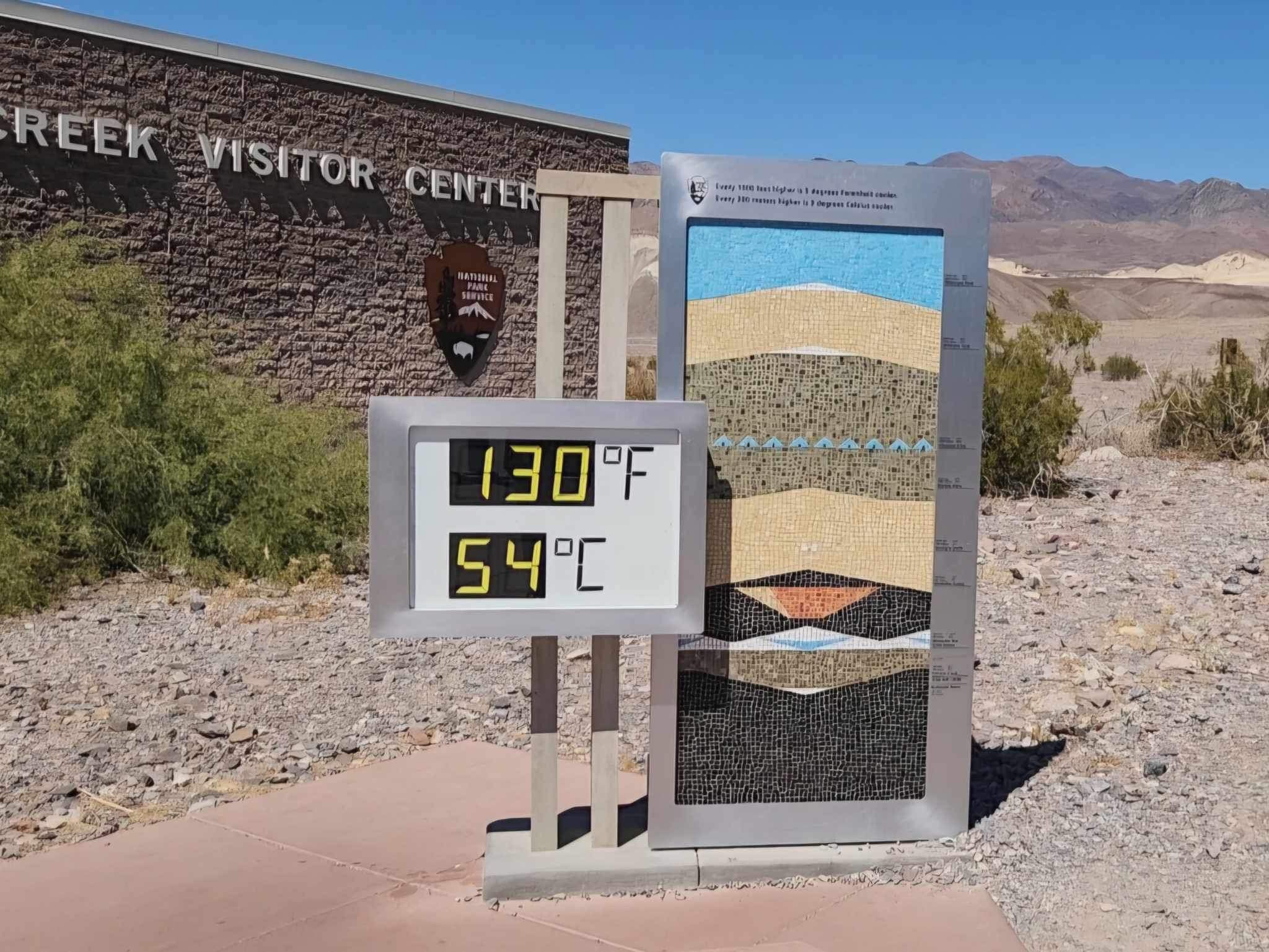
Around 3 p.m., the temperature thermometer quickly hit 130 degrees and despite that seeming bad, tourists excitedly took photos with the digital reading.
Anderson shares that although he’s used to warm heat after living in Southern Utah, the heat in Death Valley was noticeably different at 130. He shares that the temperature clung to his head in a suffocating fashion, causing stinging and pain around the corners of his eyes, mouth, and nostrils. Within just minutes, he felt the skin exposed to the sun begin to prickle and scorch before feeling his heart pound.
The Valley is Home to Several Big Movie Sets
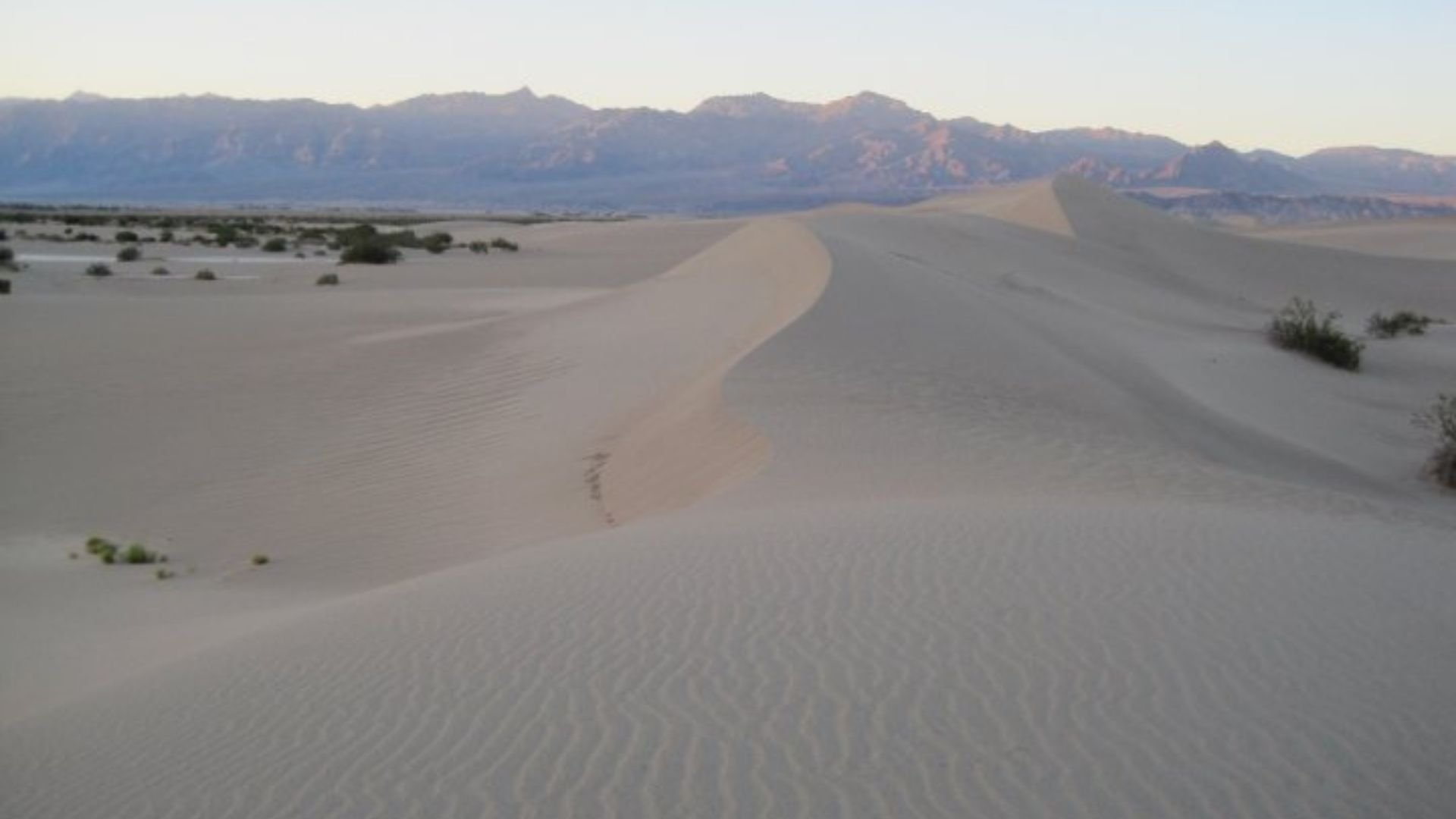
The reporter was also taken on a guided tour of the National Park to see spots where Star Wars was filmed.
The sandy desert made the perfect background for George Lucas’s version of the planet Tattooine, which was blazing hot with two suns.
Why Is Death Valley So Hot?

The world record for the hottest air temperature ever recorded was 134 degrees Fahrenheit, set in Furnace Creek on July 10, 1923. Usually, summer temperatures top out at 120 degrees, which is painfully warm and causes an unlivable climate.
Death Valley is so warm because of its shape; it is a long, narrow basin 282 feet below sea level. The clear, dry air space allows sunlight to bake the surface of the desert while hot air becomes trapped in the low-lying area.
Winter and Spring Are Pleasant To Visit
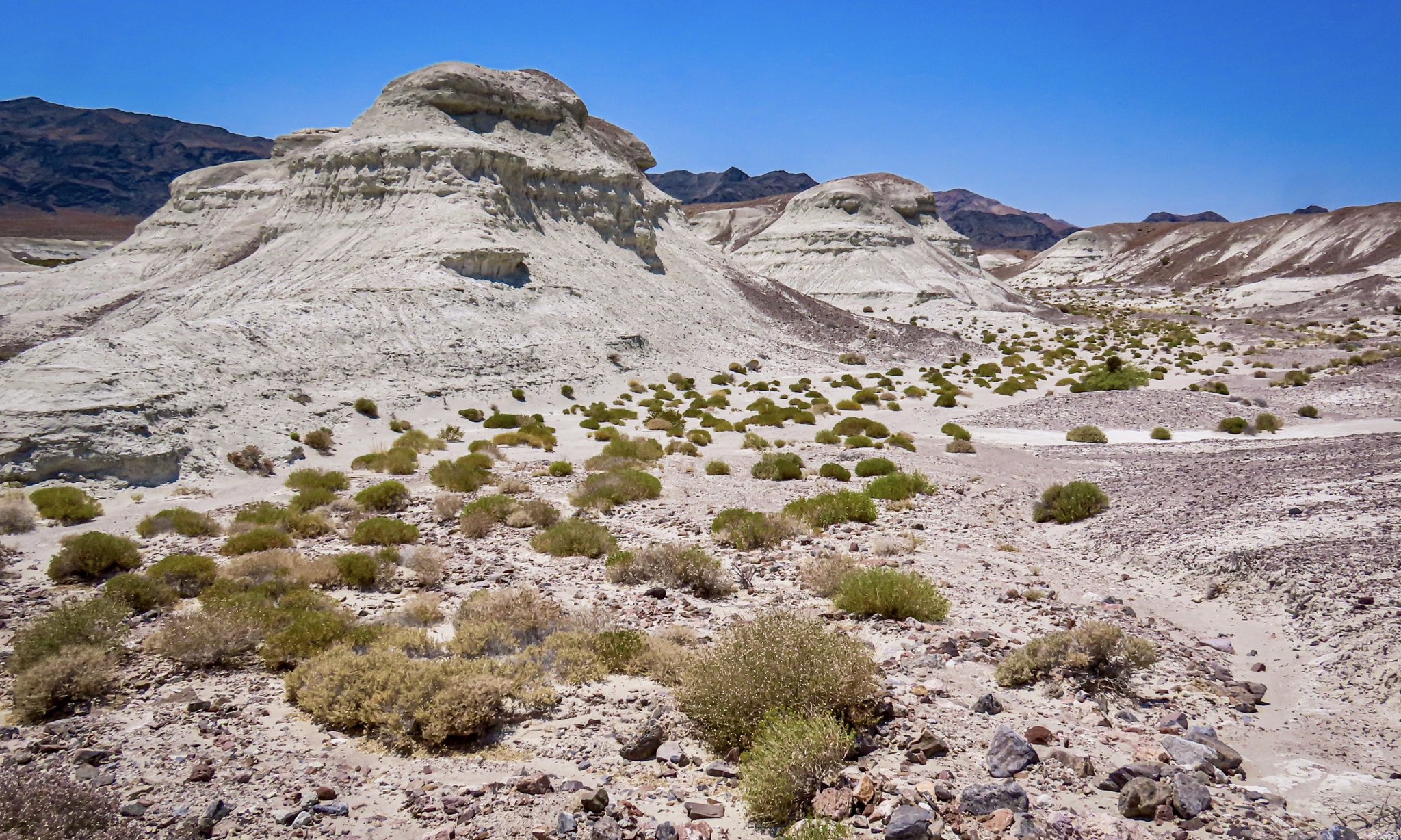
Officials and park rangers note that although visiting in the summer can be risky and uncomfortable, it is pleasant in the winter and spring.
The cool nights in the expansive desert reach near-freezing temperatures, which allow the area to stay relatively cool during the day. Visitors can expect to enjoy sunny skies and dramatic views of mountains and sand dunes.
Rangers Keep Their Cars Running
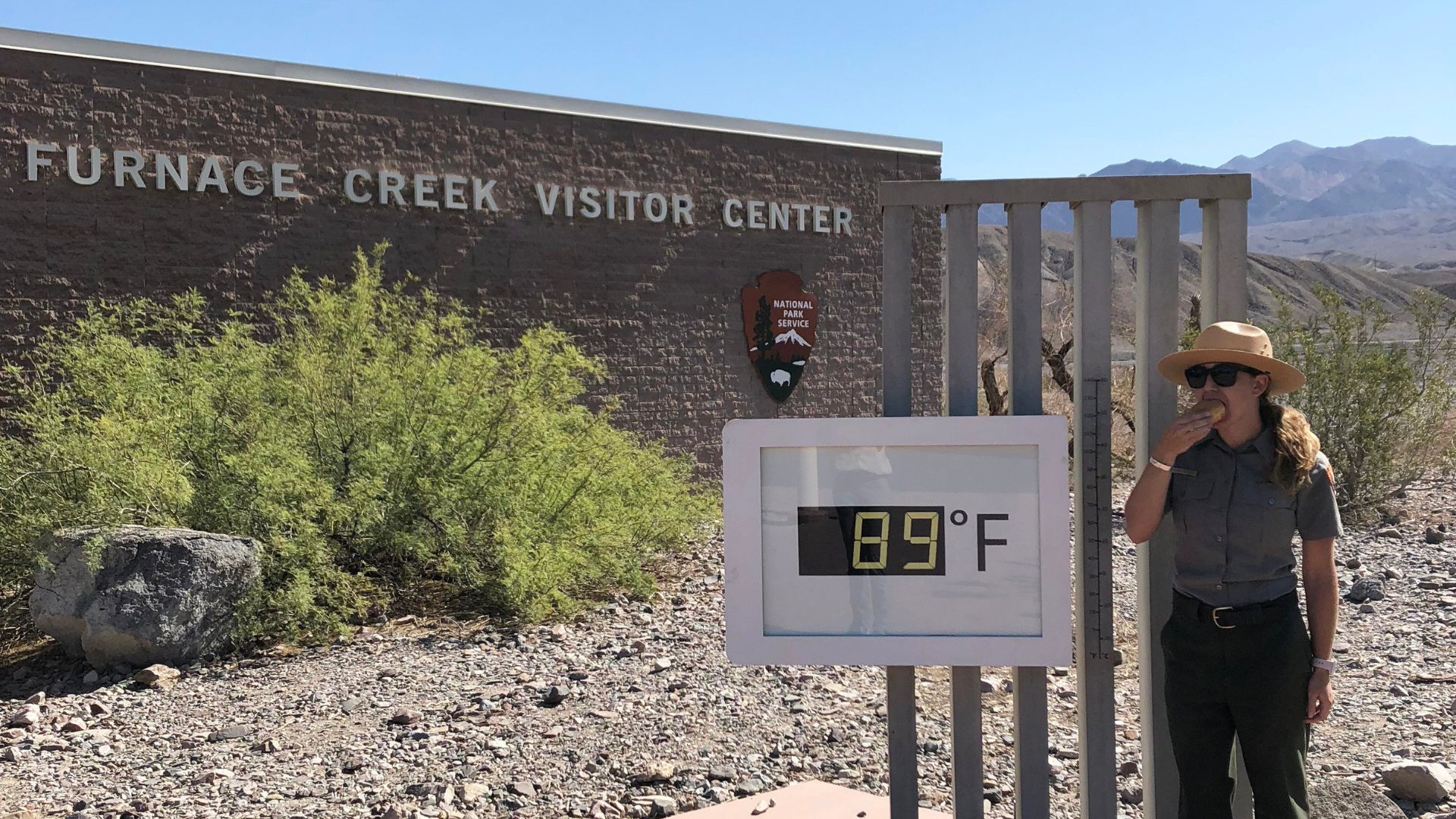
Although it might seem contradictory to helping the surface area stay cool, Death Valley rangers are actually encouraged to keep their cars running for the entire time they stop at the Furnace Creek visitors center.
Visiting the spot on the hottest days can be incredibly unsafe without ample opportunity to cool off.
Motorcycles Are Discouraged on the Highway
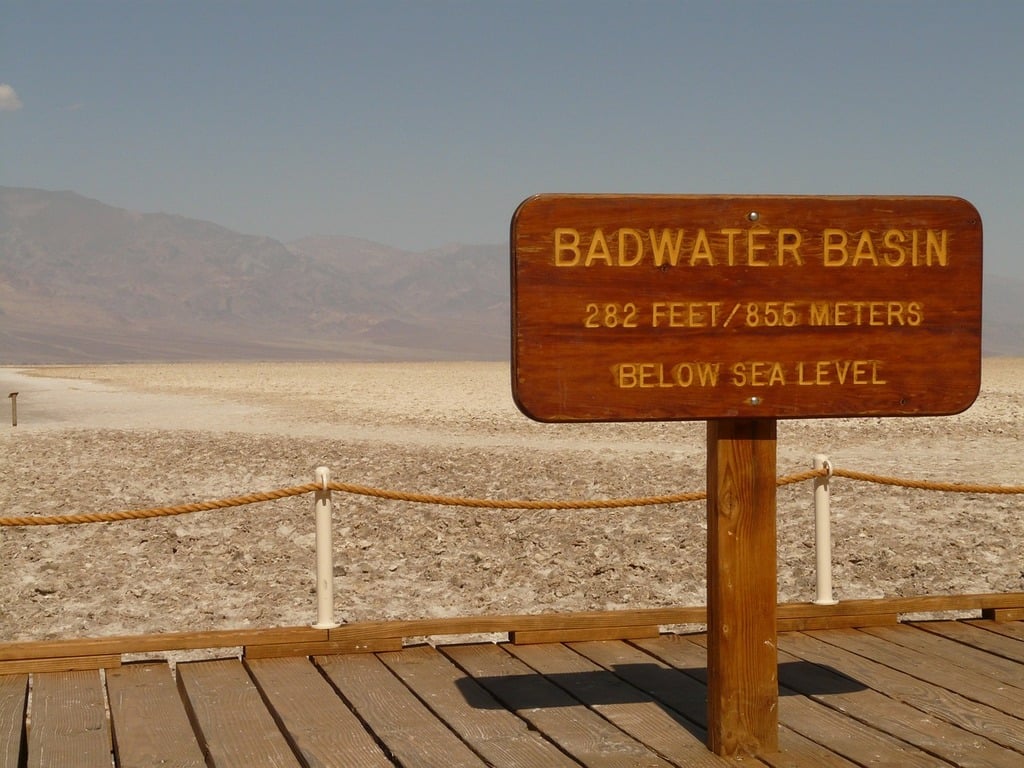
For the same reason that park rangers keep their cars running with the air conditioning blasting, Death Valley has plenty of warning signs that discourage motorcycle riders from taking the length of the highway.
On the same day that the reporter was in Furnace Creek, his team got a distress call from Badwater Basin about a group of motorcyclists showing signs of heat illness and needing immediate assistance. Unfortunately, one of the motorcycle riders succumbed to the heat and was declared dead.
Too Hot For First Responders

An added danger to the hot section of the desert is that the heat is too high for helicopters to fly safely.
The heat can cause a helicopter to malfunction quickly. When visiting Death Valley, experts recommend driving in a safe and reliable car, bringing plenty of food and water, extra battery packs for phones, along with sun-safe clothing.








































